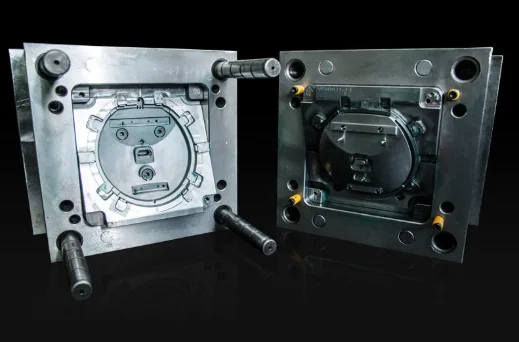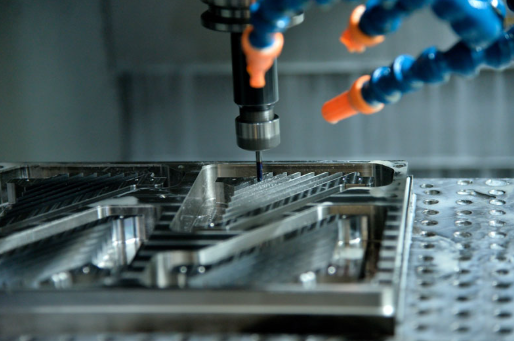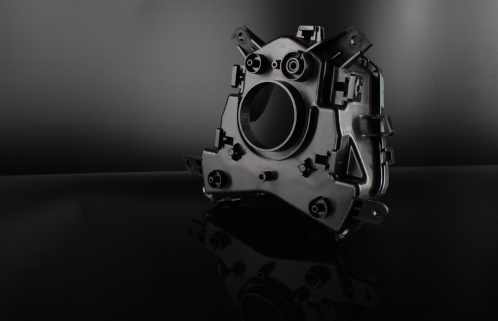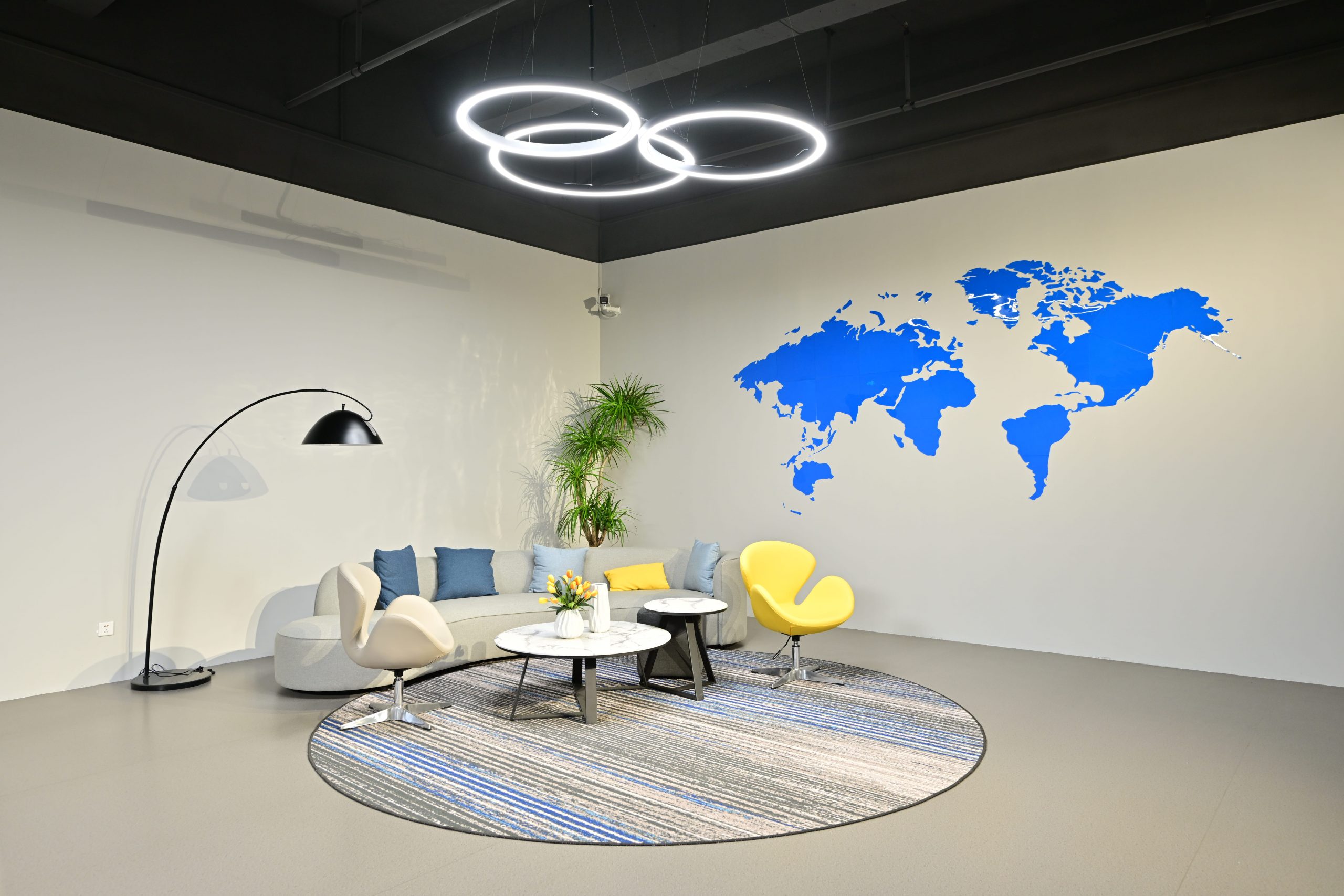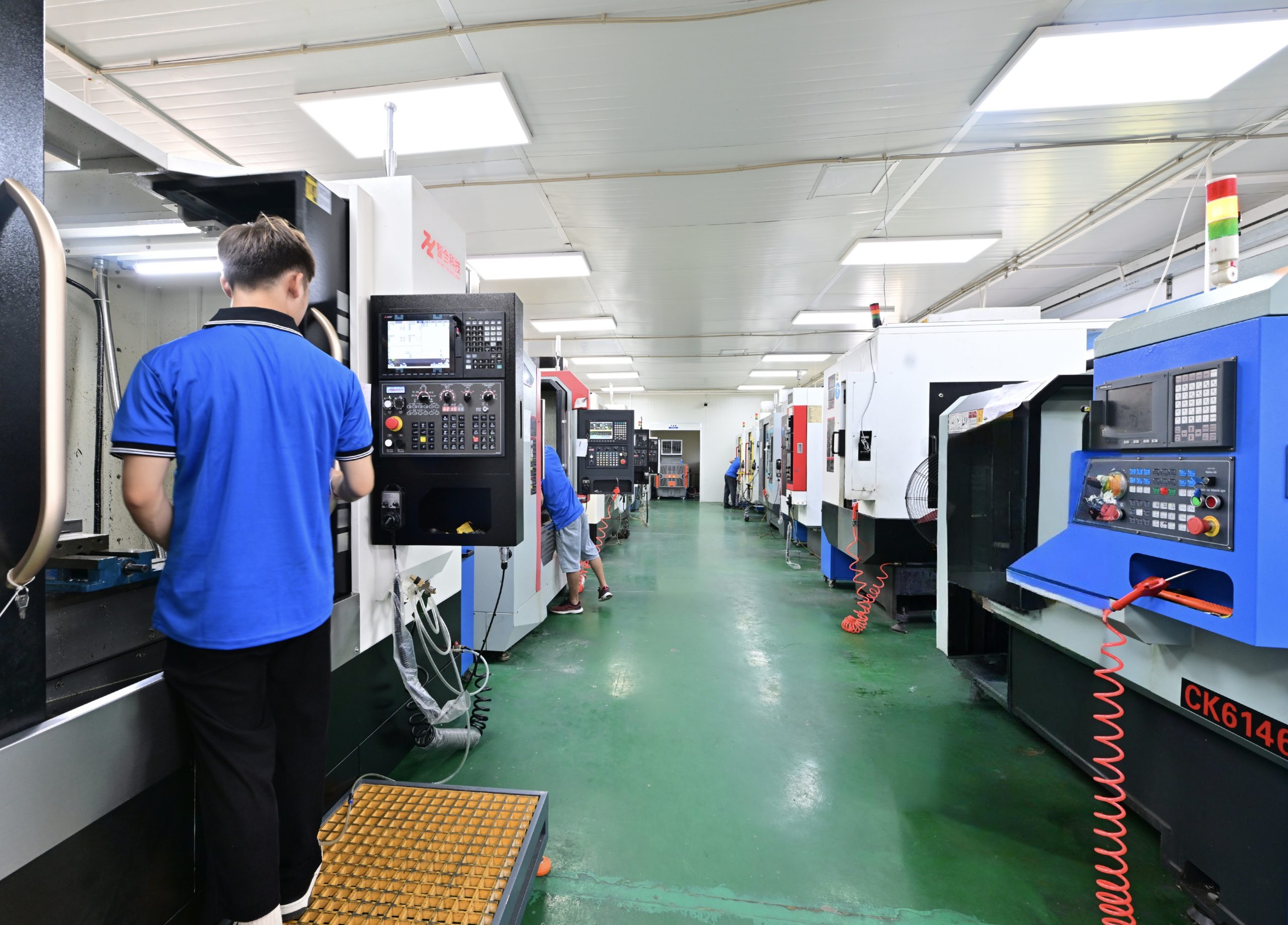Rapid prototyping is the fabrication of a physical path or model using 3D computer designs. It’s all about the creation of a part or model that can usually be completed by using the best manufacturing or commonly known as 3D printing devices.
Table of Contents
ToggleHow does it work?
It includes a wide range of manufacturing technologies. However, the technologies used for RP include- high-speed machining, molding, and casting.
The most common rapid prototyping process is additive manufacturing. Many other conventional processes can be used to create prototypes as well. Following the processes included in this-
Compressive
This is where a semi-solid and liquid material is forced into the shape before solidified.
Subtractive
This is a block material that is producing the desired shape by using grinding or turning.
What is the role of rapid prototyping?
In this fast-moving world, companies need to introduce and develop new products As Quick As Possible. To remain competitive companies need to adopt faster product development technology. Rapid prototyping technology innovation is a key to the company’s success. Let’s check out the following objectives achieved by rapid prototyping-
- Prototyping plays an important role in the process of making successful products because it enhances the speed of product development.
- It works on the early design and validation of the product.
- The final stage of product verification is required for the business objectives and Technical fulfillments.
- The prototype provides the end-user customer hands-on User experience to get great feedback.
What are the advantages of rapid prototyping?
This term refers to a modern product development method. Engineers can make production-ready designs faster and easier than before with this method. It provides a lot of advantages as an alternative to CNC machine parts.
Affordable
The cost of 3D printing is very low with the help of rapid prototyping. CNC machining includes a lot of additional costs such as programming tools, setup, and configuration. During the process of 3D printing, the printer receives the file and analyses the data, and prints the material.
Test many designs
Expert engineers perform the testing of complex designs cost-efficiently. All it is possible with the help of rapid prototyping. 3D printers can produce these parts effectively with sharp corners and thin walls. This is a great layer-by-layer manufacturing method.
Speed
This refers to many components made with 3D printing. The simple components are produced with CNC machining as well. But, 3D printers take less time to produce all these materials.
Making all the changes easily
With the model of the product in hand, you can make changes easily without wasting your time. Once you get the feedback from the customers you will make the necessary changes. Before finalizing the product design many things are required to do so. This helps improve the design and build trust with both designers and consumers.
This is a long story short Rapid prototyping makes the production process faster. Besides, it can make processes quite efficient so this was a great description of some of the advantages of rapid prototyping.

